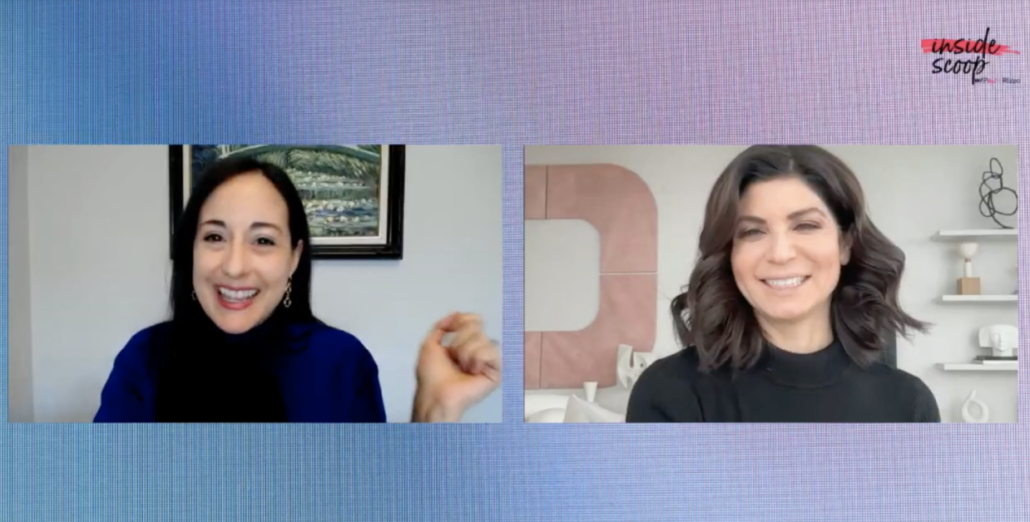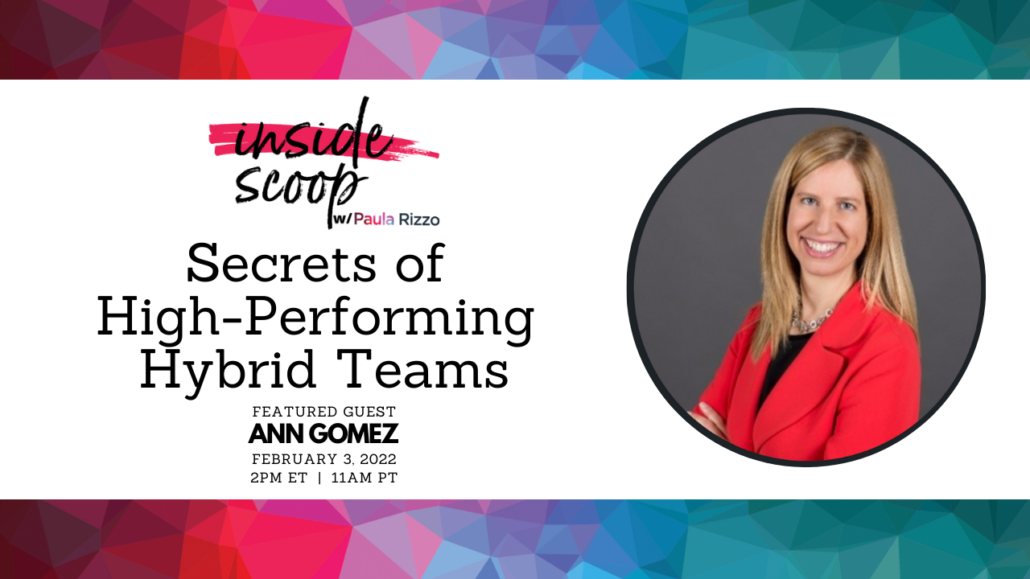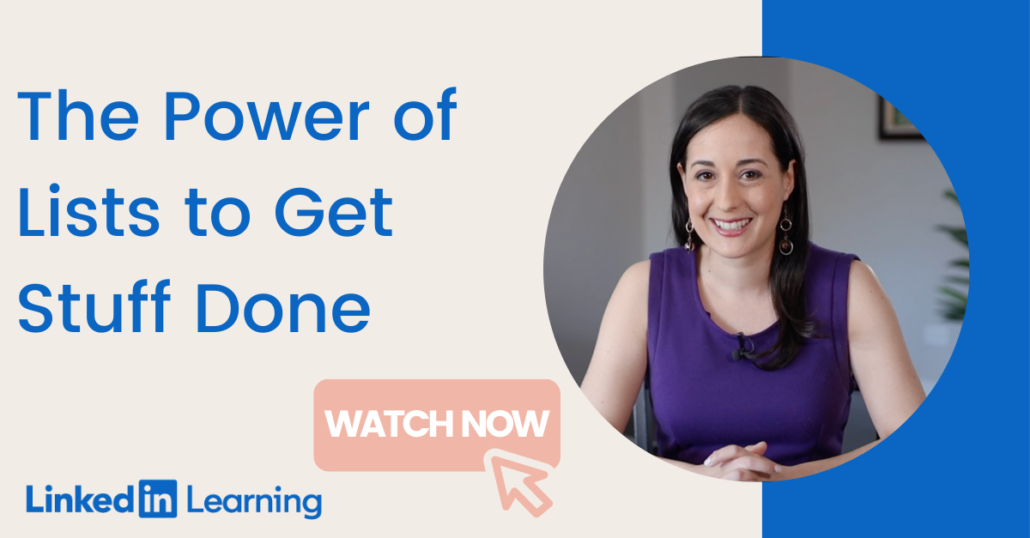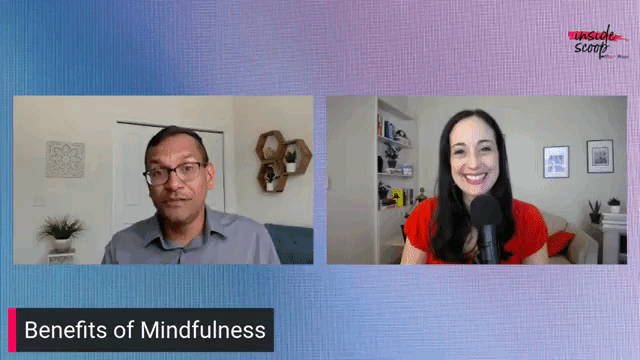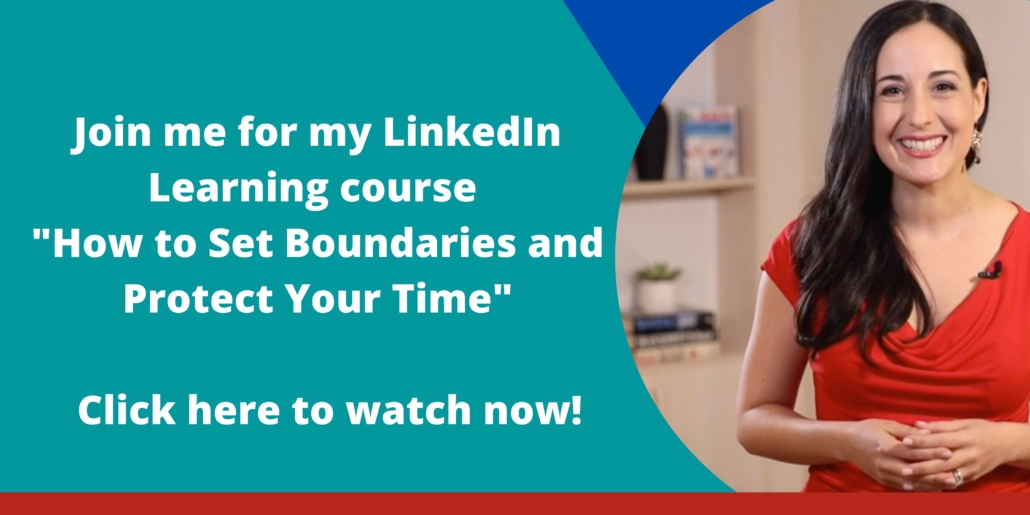Live Boldly to Reinvent Your Life
___
BONUS FREEBIE: Want even more ways to stay organized, productive and less stressed? Click here to get access to my List-Making Starter Kit. It will boost your efficiency and get you back to doing more of the things you love.
___
“New year, new you.” It gets thrown around a lot, but it’s time to really think about it.
Is it time for a new you?
What steps have you taken recently towards living the life you’ve always dreamed of? Have you been thinking about making a career change? Or have you been taking the steps to make it change?
My friend, author, journalist, and podcaster, Tamsen Fadal, joined me on my live-streaming show Inside Scoop, to chat about living boldly and the art of reinvention.
Here are four ways to get started reinventing yourself.
1) Declutter Your Life
You need organization to make major changes. And organization starts with my favorite thing…
Lists!
Tamsen uses lists to get her thoughts out and her priorities straight. “I really write down everything in my head and do a brain dump. I block out time every single day so I can declutter my head a little bit and then prioritize what’s the most important thing” Tamsen said.
If you don’t know your priorities (more on that here during my recent WPIX interview) and what you want, you won’t be moving in the right direction. If you’re not sure how to get started using lists to figure that out, I have a LinkedIn Learning Course “The Power of Lists to Get Stuff Done” that will guide you through using lists to improve your life.
Once you’ve decluttered and you know your priorities, you have to…
2) Be Honest with Yourself About Your Goals.
It’s easy to throw yourself into things and start working just to feel productive. “The scariest thing is to stop and really think about and assess what you want,” Tamsen added.
Ask yourself, where do you want to be a year from now? Don’t worry about what other people think. Where do you want to be?
Don’t start working until you have specific and exciting answers to those questions. “I think you really have to be honest with your goals and what it is that you want in the end because sometimes we find ourselves working toward one goal, only to realize that wasn’t the end game,” Tamsen explained.
3) Be Honest About Your Reinvention Timeline.
Once you’ve aligned yourself with the right goals, be realistic about how long it will take to achieve them. Be honest about how long tasks will actually take. You’re not going to launch a new content channel in a week. But you can decide what kind of content you want to be regularly creating in that long.
I asked Tamsen what your reinvention timeline should be. “Three months,” she said without having to think about it. “That’s a real established time to get a habit started or at least to achieve something and then go back and look at what you’ve achieved,” she added.
Taking the time to applaud your small accomplishments is important!,” she said without having to think about it. “That’s a real established time to get a habit started or at least to achieve something and then go back and look at what you’ve achieved,” she added.
Taking the time to applaud your small accomplishments is important!
4) Celebrate Yourself to “Unlock Your Bold.”
Living boldly is something we’re all capable of doing. But that doesn’t mean it won’t be hard at times. Keeping a list (Yay more lists!) of your wins will help you stay motivated.
Even professionals as successful as Tamsen keep a list of their accomplishments. “Not only am I looking forward, but I’m looking back at what those achievements are. When you start building those blocks on top of each other, I think you can unlock that bold part of you,” Tamsen said about keeping her list.
Tracking your accomplishments will help you feel proud of your progress and encouraged to keep going.
For more tips on reinvention, check out Tamsen’s guide to “Unlocking Your Bold” and watch our entire conversation here.
___
BONUS FREEBIE: Want even more ways to stay organized, productive and less stressed? Click here to get access to my List-Making Starter Kit. It will boost your efficiency and get you back to doing more of the things you love.
___


